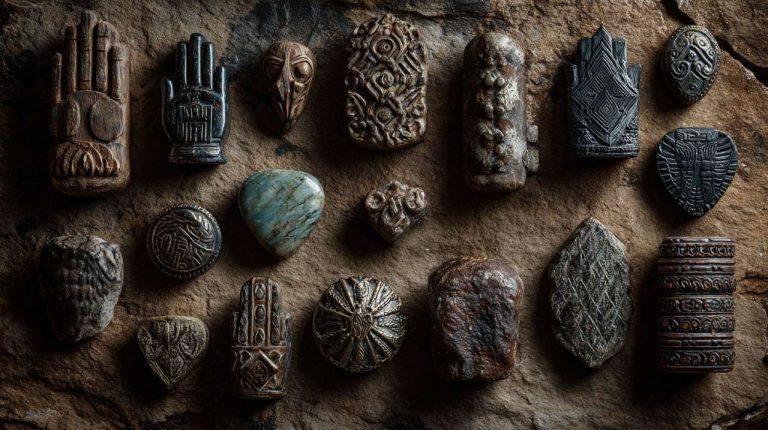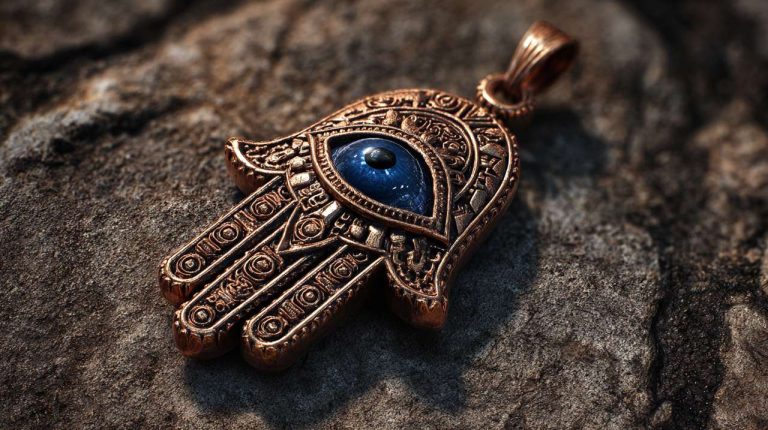The Hamsa, an ancient and widely recognized symbol, represents divine protection, blessings, and strength across diverse cultures and spiritual traditions. Often depicted as an open hand, it serves as a powerful emblem against negative energies and misfortune, offering its wearers and beholders a sense of peace and security.
What is Hamsa and Why Does It Matter?
At its core, the Hamsa is a universal sign of protection, often referred to as the Hand of Fatima in Islamic traditions or Miriam's Hand in Jewish mysticism. Its significance stems from ancient beliefs that the open palm can ward off the evil eye and bring good fortune. This powerful symbolism makes it a cornerstone among Talismans and amulets and a beacon of hope for many seeking spiritual solace and security in their daily lives.
- It serves as a potent deterrent against ill will and jealousy.
- It is believed to attract blessings, abundance, and prosperity.
- The Hamsa fosters a sense of inner peace and spiritual well-being for those who embrace its meaning.
Exploring The Different Types/Aspects of Hamsa
While the fundamental form of the Hamsa remains consistent—an open hand—its specific interpretations and artistic renditions vary significantly across cultures. Some feature an eye in the palm, directly associating it with Evil Eye protection, while others integrate intricate patterns or calligraphic elements. These variations often reflect unique cultural narratives and belief systems, from the protective qualities emphasized in North Africa and the Middle East to its use as a meditative symbol in other contexts.
- The Eye in the Palm: Directly links the Hamsa to warding off the evil eye, amplifying its protective power.
- Fingers Together or Apart: Symbolizes different aspects; fingers together may invite blessings, while fingers apart can represent warding off evil.
- Cultural Adaptations: Found in various forms, from intricate ancient designs to minimalist modern interpretations.
How Can You Integrate Hamsa into Your Life?
Embracing the Hamsa can take many forms, from wearing it as a personal amulet to incorporating it into home decor. As a piece of Spiritual jewelry, it serves as a constant reminder of protection and blessings. In homes, Hamsa plaques or carvings are often placed near entrances or in significant rooms to guard against negative influences and invite positive energy.
- Wearable Art: Necklaces, bracelets, and rings are popular choices for personal protection.
- Home Decor: Wall hangings, keychains, and decorative objects infuse living spaces with its protective aura.
- Mindful Connection: Use the Hamsa as a focal point during meditation or reflection to reinforce intentions of protection and well-being.
Understanding the profound history and diverse applications of the Hamsa enriches its significance. We encourage you to explore the dedicated articles within this category to delve deeper into its origins, cultural nuances, and contemporary relevance, further enhancing your journey with this timeless symbol.


